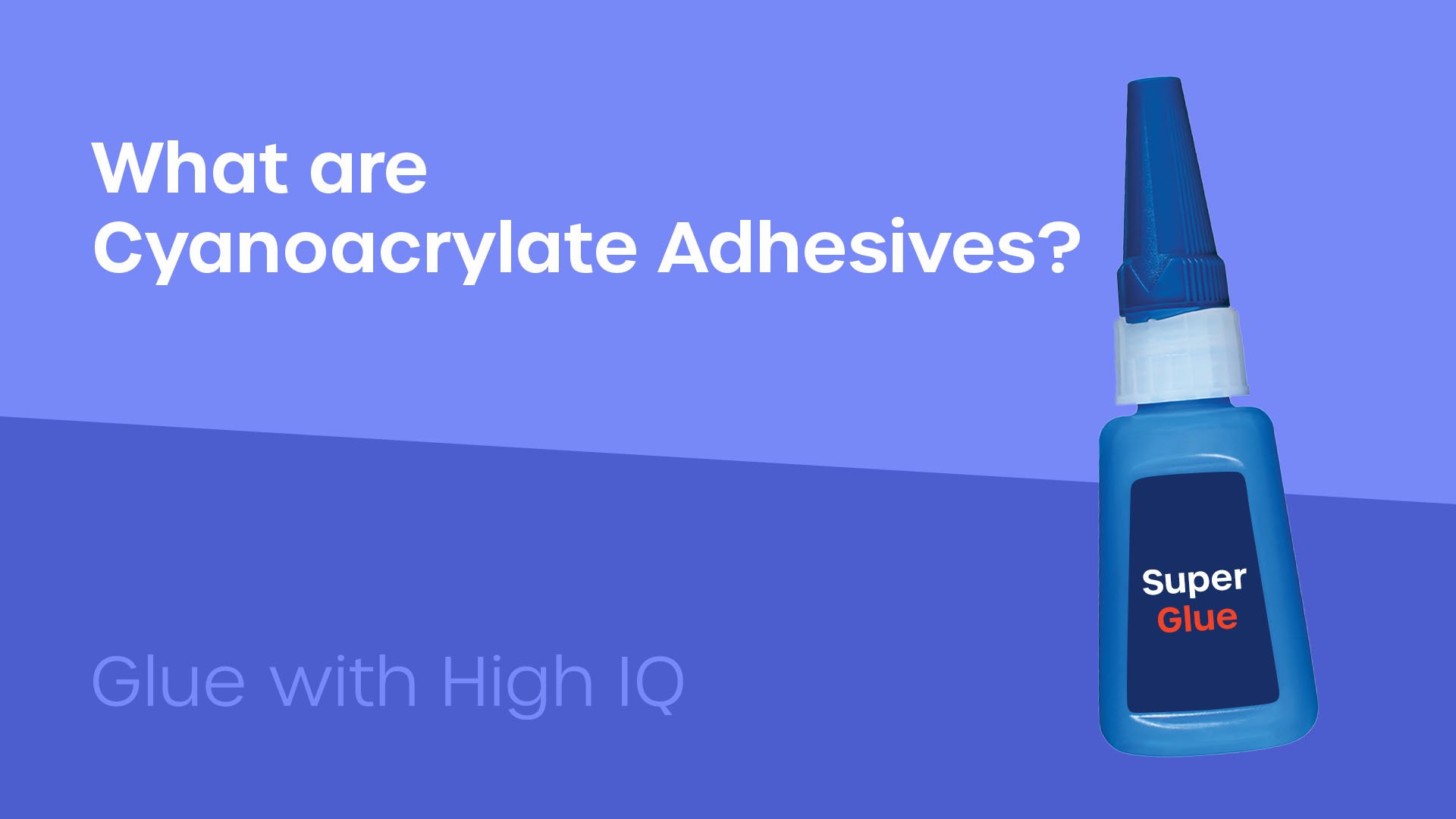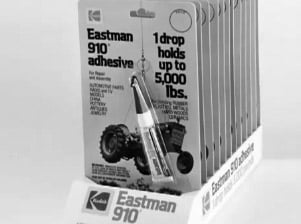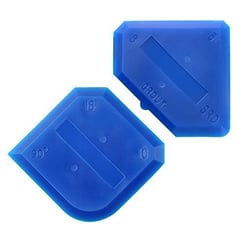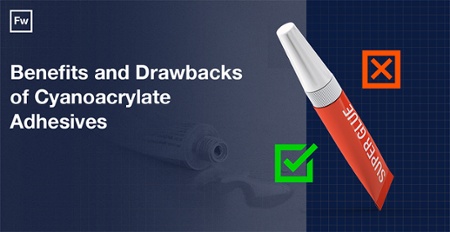An In-Depth Overview of Cyanoacrylate Adhesives: What you should know

When it comes to the world of adhesives, there are several different types. You’ll likely have come across most adhesive types before. Adhesives like epoxies, acrylics, or PVA (polyvinyl acetate) are well-known. Cyanoacrylates are also very common. But understanding them is not always easy.
Here at Forgeway, we manufacture industrial adhesives. Whilst we don’t manufacture cyanoacrylate adhesives, customers often ask us to explain what they are.
So we wrote this article to help you understand cyanoacrylate adhesives. We’ve also discussed the different types and where they are used.
By the end of this article, you will have a deeper understanding of cyanoacrylate adhesives.
What are cyanoacrylate adhesives?
Most people will have come across cyanoacrylate adhesives at one time or another. They are often the most popular choice for DIYers. If you’ve heard of or used “Super Glue”, then you can be confident you’ve come across cyanoacrylate adhesives.
This is because “Super Glue” is a registered trademark for a Loctite range of cyanoacrylate adhesives. Much like all sealants being referred to as “Silicone” (regardless of whether they are a silicone sealant).
Whether you’ve come across them or not, let’s explain what they actually are.

Cyanoacrylate adhesives are a range of adhesives derived from ethyl cyanoacrylate and related esters. The polymers react rapidly in the presence of water to form strong bonds.
The cyanoacrylate polymers are so reactive, that even the small amounts of water in the air can trigger the polymerization. Cyanoacrylate adhesives are usually single-component and will only need natural conditions to start the curing process.
The history of cyanoacrylate adhesives (or CA adhesives as they are known) is also very interesting. During World War II, researchers stumbled upon the formulation whilst trying to create clear plastic gun sights.
Whilst it was rejected at the time (for being too sticky ironically), the researchers continued working on the formulation after the war.
Several years later, Eastman #910 was the first CA adhesive available on the market. The ‘910’ after the hashtag referred to the cure time. The glue would cure between 9-10 seconds.
In summary, cyanoacrylate adhesives are an accidental WWII discovery that has since become one of the most popular adhesives on the market.

What are the characteristics of cyanoacrylate adhesives?
There are several different types of cyanoacrylate adhesives. Defining the characteristics of CA adhesives in one sentence is a broad brush and doesn’t paint the whole picture of what they can offer.
However, you can generally expect certain characteristics from cyanoacrylate adhesives:
- Fast-curing – As explained, CA adhesives react very quickly in the presence of water. The moisture in the air is enough to cause the adhesive to cure within seconds. A typical cure time would be between 10-20 seconds.
- High strength – Due to the polymerization, the bonds formed are high strength. CAs can achieve strengths above 20MPa. If you aren’t sure what 20MPa means, you can read our article explaining adhesive strength. But in summary, 20MPa is the strength of a structural adhesive. (Disclaimer, we wouldn’t recommend using cyanoacrylate adhesives in structural situations).
- Excellent adhesion profile – Cyanoacrylate adhesives can form strong bonds to a wide variety of materials. The adhesion profile is so broad, that CAs will often bond to skin (unless you wear the correct PPE).
- Forms brittle bonds – Once the cyanoacrylate bonds, the cured adhesive is brittle. This means that typically it will not be very flexible and will rigidly bond materials in place.

You should also be aware that you can get other types of cyanoacrylate adhesives too.
Due to the various applications that CA adhesives are used for, some adhesive manufacturers have adjusted formulations to increase their durability.
This means you can also find variations of cyanoacrylate adhesives that have enhanced impact-resistance, temperature-resistance, and adhesion profile to bond low surface energy plastics.

Where can you use cyanoacrylate adhesives?
Some adhesive manufacturers will tell you that you can use cyanoacrylate adhesives for most bonding applications. The problem is, that statement doesn’t help you (the reader) identify where you can use them.
So here are some of the typical applications for cyanoacrylate adhesives to help you get a better idea:
- DIY – Due to the ease of use, fast curing, and high-strength bonds achieved, cyanoacrylate adhesives are the most popular choice for DIY applications. CA’s characteristics make them ideal for users who are bonding small components in place or who don’t have a large bonding area.
- Medical Use – Cyanoacrylate adhesives have multiple uses when it comes to medicine. They can either be used to bond medical devices such as small plastic needles. Or, certain grades of cyanoacrylates can be used to bond small cuts in the skin. Either application requires specialist formulations that are safe to use.
- Aerospace – The aerospace industry is another large user of CA adhesives. During the manufacturing process, engineers specify the use of cyanoacrylates for bonding small components for aircraft interiors. There are also uses for cyanoacrylate adhesives after the manufacturing process. We’re not talking about attention seekers glueing themselves to planes either. CA adhesives are commonly used for repairing small damage to interior aircraft parts after the manufacturing process.
Whilst these industries are common users of cyanoacrylate adhesives, we aren’t saying these are the only users of CA adhesives. Due to their ease of use and versatility, multiple industries use cyanoacrylates.
The list of applications and industries for cyanoacrylate adhesives is endless. The list above will have given you a better idea of the common users of this adhesive type.

Should you consider a cyanoacrylate adhesive for your application?
Now that you understand cyanoacrylate adhesives and who commonly uses them, you may be considering them for your application. But trying to decide which adhesive to use is difficult.
Here at Forgeway, we’ve helped hundreds of companies choose the right adhesive for their application. Every application is different. Without knowing the specific details, it isn’t easy to suggest the right adhesive.
If you’re considering cyanoacrylate adhesives for your application, we would recommend them if:
- You are bonding small components
- You want an easy-to-use adhesive
- You want a very fast curing adhesive (less than 20 seconds)
We wouldn’t recommend them if:
- You have a large bonding area
- You need an adhesive with impact resistance
- You want to bond large materials in place
If you’re still undecided about cyanoacrylates, you have two options.
You can either get in touch with an adhesive expert. Or you can read more about cyanoacrylate adhesives by clicking the button below. It will take you to an article which explains the pros and cons of this adhesive option.
Thomas is the Content Manager here at Forgeway. Thomas' job is to translate the technical jargon from the ivory tower of academia into easy-to-read content that everyone can understand. Forgeway's mission is to answer every question our customers and prospective clients ask, or are apprehensive to ask.



